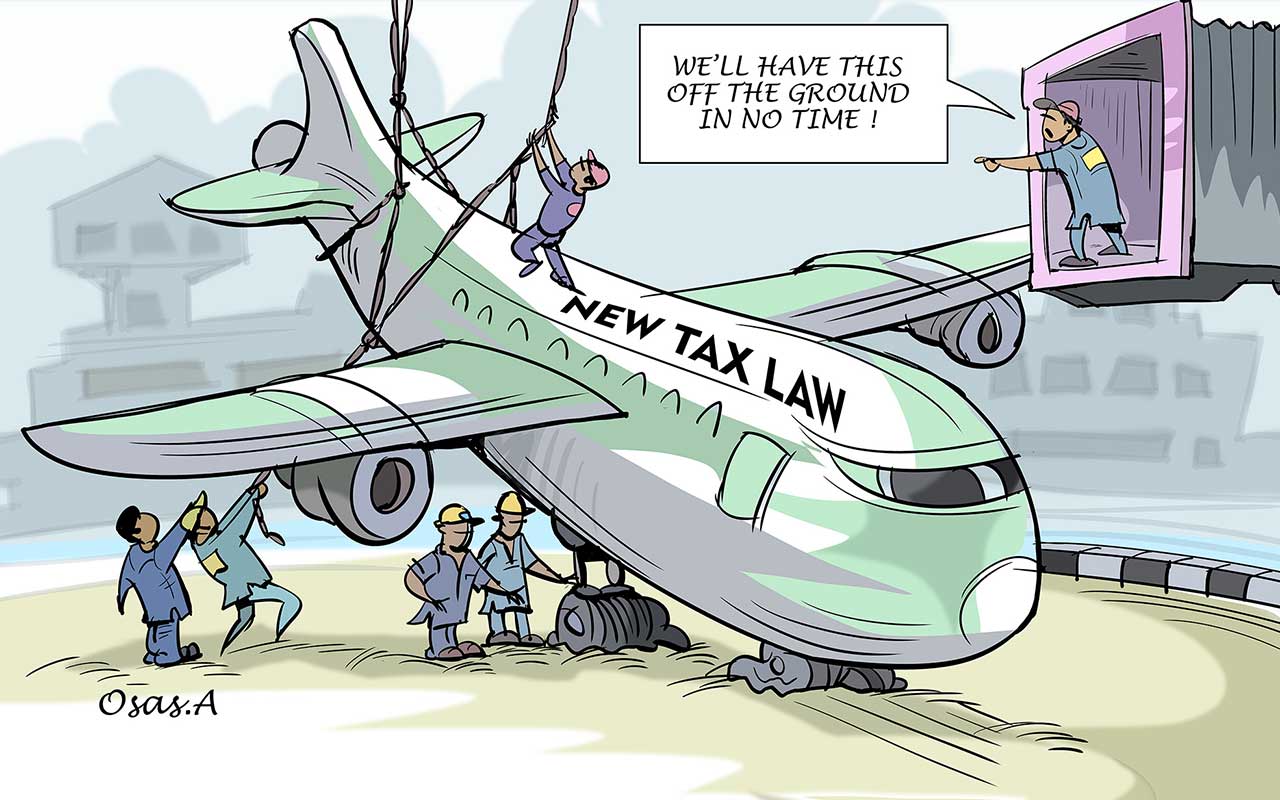
African countries, including Nigeria, must re-anchor fiscal policy through a credible medium-term strategy, undertake fiscal adjustment to bring debt back to a safer level, mobilise more domestic revenue and strengthen budget institutions to improve the implementation of fiscal plans to escape the debt trap.
In the paper ‘How to Avoid a Debt Crisis in Sub-Saharan Africa’ by Fabio Comelli, Antonio David, Luc Eyraud, Peter Kovacs, Jimena Montoya and Arthur Sode, the economists argued that in most sub-Saharan African (SSA) countries, fiscal policies focus excessively on short-term goals and are not guided by a clear medium-term strategy.
They added that this lack of anchoring has resulted in frequent breaches of fiscal rules and ever-increasing public debt levels.
The group of researchers said: “A more strategic approach to fiscal policy would be preferable by setting explicit debt targets that integrate key policy trade-offs between debt sustainability and development objectives, rather than focusing narrowly on short-term fiscal deficits. The paper suggests a novel approach to estimating country-specific medium-term debt anchors, which ensures that debt service costs remain manageable.
According to this methodology, the median debt anchor for the region is about 55 percent of GDP; slightly more than half of the countries were above their anchor at end-2022.”
IMF staff analysis shows that most countries in the region will need to reduce their fiscal deficits in the coming years. For the average country, the amount of adjustment is about 2 to 3 percent of GDP.
This adjustment seems feasible given historical experience – in the past, countries in sub-Saharan African countries improved their primary balance by one per cent of GDP a year over two to three years.
The analysis indicated that the Sub-Saharan African countries tend to rely excessively on expenditure cuts to reduce their fiscal deficits.
Although this may be warranted in some circumstances, revenue measures, like eliminating tax exemptions or digitalizing filing and payment systems, should play a greater role.
It added that mobilising domestic revenue is less detrimental to growth in countries where initial tax levels are low, whereas the cost associated with reducing expenditures is particularly high given Africa’s large development needs.
It observed that while difficult to achieve, large and rapid increases in revenue have been observed in some countries like The Gambia, Rwanda, Senegal, and Uganda, which relied on a mix of revenue administration and tax policy measures.
“Policy changes are more likely to yield tangible results if fiscal institutions are strong and efficient. On the expenditure side, well-designed plans too often yield disappointing results due to budgetary slippages or an unforeseen materialization of fiscal risks. Adopting a medium-term fiscal framework, putting in place tools to better assess and manage fiscal risks, and enhancing controls over government expenditure during the budget implementation phase is key to avoiding such pitfalls,” it stated.
The IMF staffers stressed that strengthening the legal budgeting framework, improving fiscal reporting, and empowering audit and control institutions, are particularly important, as they help countries avoid budgetary slippages, as well as decrease the risk of extra-budgetary commitments, which are widespread in the region.
They also maintained that getting the people on board any policy decision is critical, saying, “The sustainability of a new fiscal strategy also depends on the government’s ability to secure public support by linking the policy measures to longer-term benefits. Public acceptance should be a central consideration in policy design — for instance, by sequencing reforms carefully and introducing compensatory measures.
“Communication campaigns that transparently and credibly outline the long-term benefits of the reform, its distributional consequences, and the costs of inaction are also critical. Public acceptance of reforms depends more generally on the ability of governments to convince the population that they will use public funds in an efficient, fair, and transparent manner.”






